Develop confident, successful readers with this phonics-based, printable decodable book.
What Are Decodable Readers?
A decodable text is one that has been based on a specific and targeted selection of grapheme-sound correspondences (GPCs). These have been explicitly taught to students before reading, thus increasing their chances of success when decoding unfamiliar words.
What Are Tricky Words?
Of course, it is not always possible for every word in a decodable reader to be based on known grapheme-phoneme correspondences. Tricky words are words that students should not be expected to decode with their current level of phonetic knowledge. In a decodable text, these words are specifically listed so that students can review them before delving into the text. This sets our emerging decoders up for success, which is the ultimate aim of learning to read!
What Are the Differences Between Decodable Readers and Levelled Predictable Readers?
- Decodable readers contain words based on the grapheme-phoneme correspondences that children have been explicitly taught. Predictable readers contain words that children are unlikely to be able to decode in the early stages of their phonics journey.
- Predictable readers are often repetitive, allowing children to memorise the repeated words in the sentence (rather than rely on their decoding skills). Decodable readers steer away from this repetitive approach to maximise decoding opportunities for students.
- Predictable texts use illustrations as visual cues to help students guess more complex words, e.g. spaceship, dinosaur, elephant. While illustrations are a valued feature of decodable readers, their purpose is to provide a visual accompaniment to the text, rather than as a visual cue to aid word recognition.
Decodable Readers Based on a Phonics Scope and Sequence
The texts in this series of levelled Australian decodable readers follow a structured, developmentally appropriate scope and sequence for introducing new sounds to early years students. It is based on the Australian Curriculum’s content descriptions for phonic knowledge at Foundation, Year 1 and Year 2, and the phonic knowledge and word recognition sub-element of the National Literacy Learning Progressions.
There are seven levels in the series. Each level contains five decodable readers. The readers may be read in any order; however, it should be noted that the word count varies slightly from book to book. Each level introduces new GPCs while building on those introduced in previous levels. It is important to note that not all graphemes appear in every book in the level; however, all sounds are included across the five books.
The phonemic focus at each level is as follows:
- Level 1: Single consonants; short vowels
- Level 2: Single consonants; short vowels; consonant digraphs
- Level 3: Single consonants; double consonants
- Level 4: Single consonants; double consonants; consonant digraphs
- Level 5: Long vowels
- Level 6: Diphthongs; basic r-controlled vowels; other vowels
- Level 7: Complex r-controlled vowels
For a complete breakdown of the phonemic knowledge introduced at each level of this decodable readers series, download our free teacher support pack. This support pack has been designed to help you implement this decodable readers series with ease! It includes:
- a complete phonics scope and sequence
- a diagnostic assessment tool (to help you place students on the appropriate level)
- a student tracking sheet.
Decodable Readers with Comprehension Questions
This text, Cash to Spend, is a Level 4 text. It contains 106 words. It consists of:
- pre-reading activities (sound review, word warm-up, list of tricky words)
- a phonics-based decodable text with accompanying illustrations
- post-reading review (comprehension questions and a further activity based on the text).
The graphemes introduced at Level 4 are: soft c, soft g, sh, ch, th (thin), th (them), ng, y (yes), y (my), y (baby), j, v, w, wh, x, qu, bb, dd, gg, mm, pp, rr, tt.
A note about ‘qu’: In days gone by, ‘qu’ was always considered a digraph (two letters that make one sound), and was taught to our students as such. However, the most recent thought is that ‘qu’ should not be treated as a digraph. This is because, in most words in the English language, you can hear two distinct sounds when you say ‘qu’: a ‘k’ sound and ‘w’ sound (think queen, quail, quiet).
The reason why these letters have been paired together and introduced as ‘qu’ in our readers is that this ‘kw’ sound is the most common occurrence of the letter ‘q’ in our language, and must always be followed by a letter ‘u’. When the letter ‘q’ is used on its own, the sound it makes is completely different. These words are often Anglicised versions of words that have their origins in other languages.
How to Create This Printable Decodable Book
We have created our decodable readers with teachers in mind! We know you may have limited access to colour printing, and that you don’t have the time to be messing around with scissors and staplers! Our black-and-white decodable readers have been created in an easy-to-print, A5 booklet format. All you need to do is print, fold, and voila! Instant decodable book!
Just in case you need a little more scaffolding, follow these simple steps to create this decodable reader.
- Download the PDF version of the reader by clicking the Download button.
- On your printer, select double-sided printing. Be sure to flip on the short edge.
- Compile the pages, making sure the first page is at the bottom of your pile. Each reader consists of three double-sided landscape pages.
- Fold your collection of pages in half to make an A5-sized book.
Download the File Format That Best Suits You
Use the dropdown menu next to the Download button to access the PDF or Google Slides version of this resource.
Print the desired number of copies, then keep them together in a folder for easy access. You may wish to print the readers on white card for added durability (particularly if you intend to reuse these little gems for years to come!)
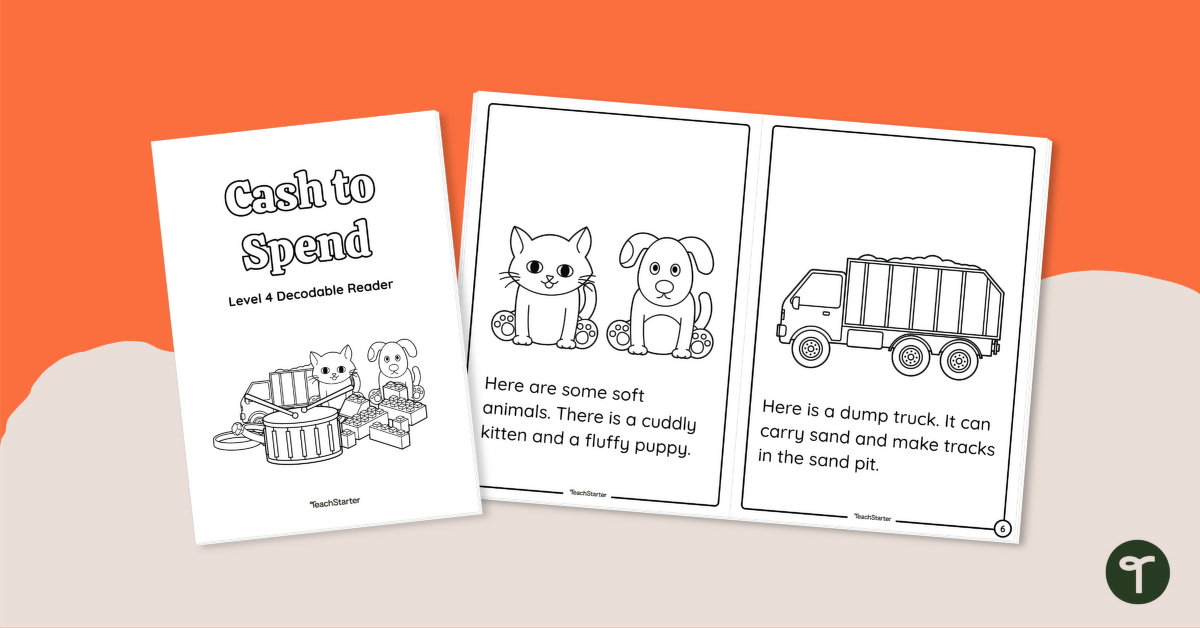

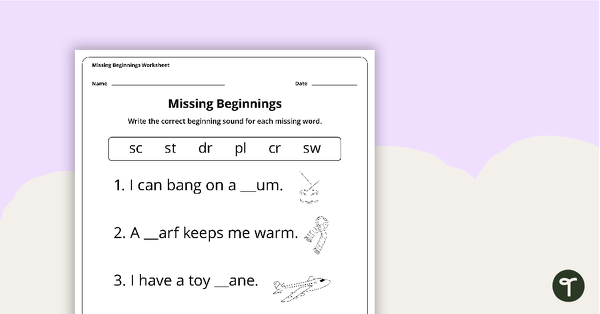
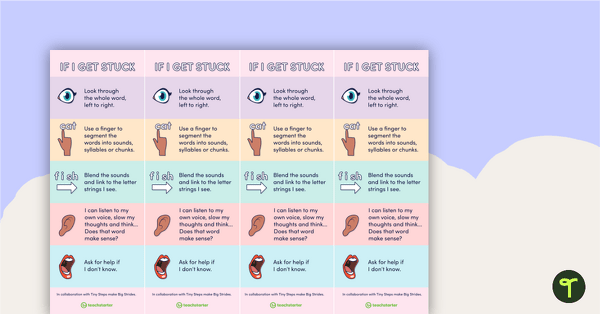
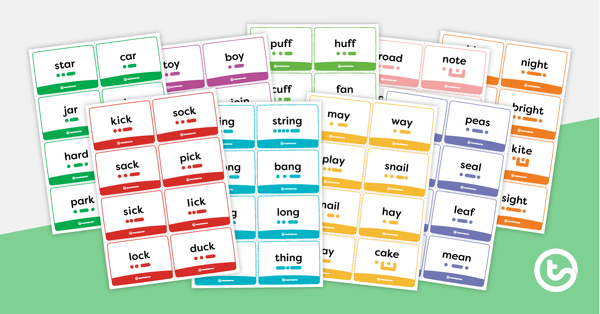
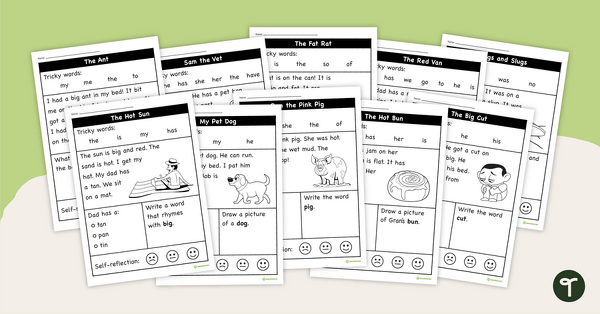
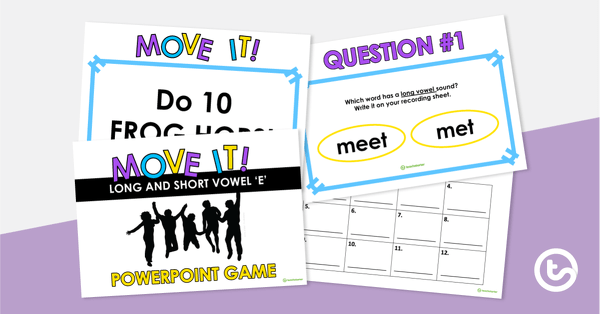
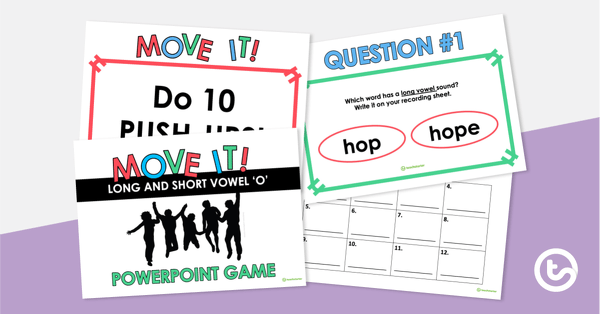
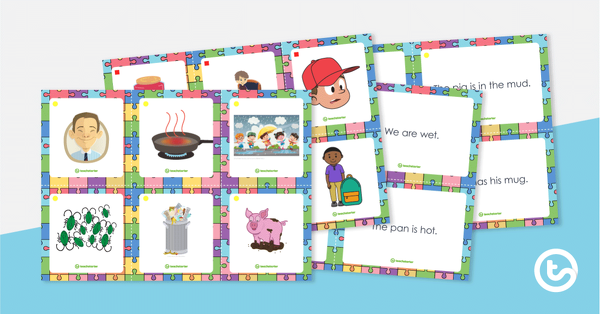
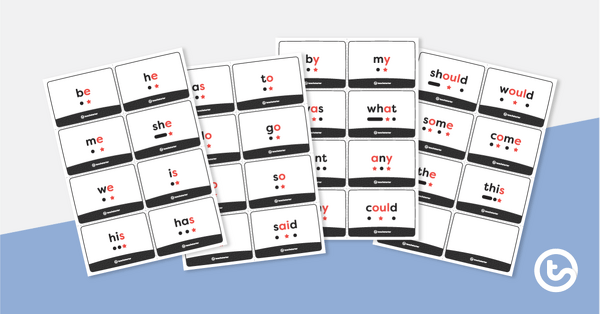
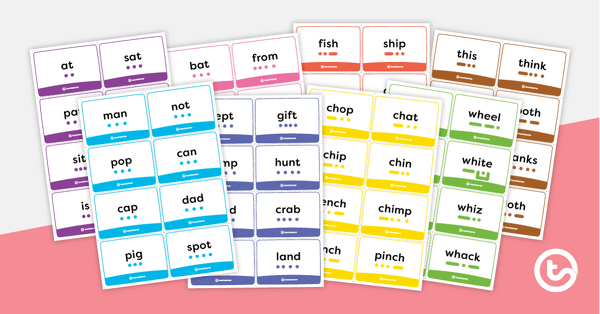
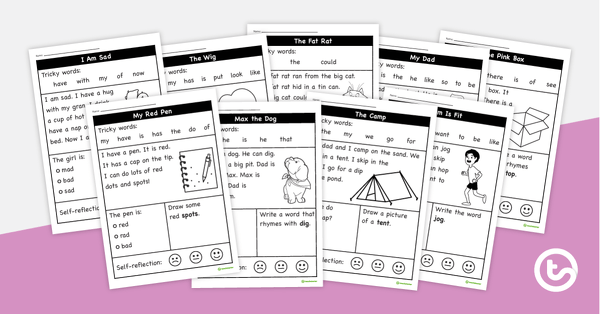
0 Comments
Write a review to help other teachers and parents like yourself. If you'd like to request a change to this resource, or report an error, select the corresponding tab above.